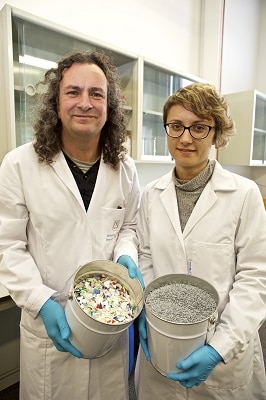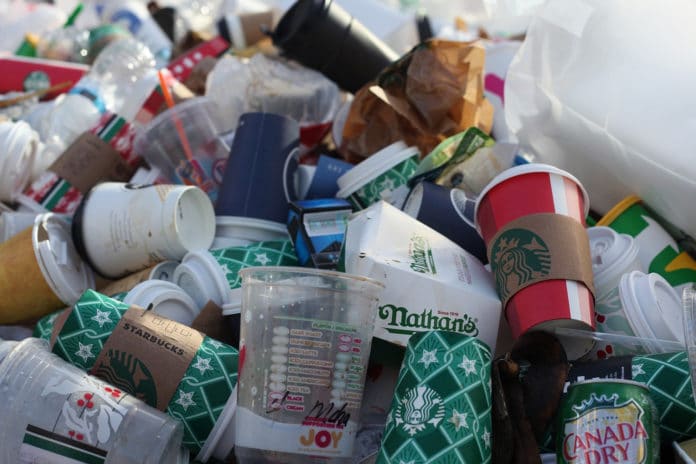Millions of tons of plastic waste are disposed of in landfills. Household plastic waste reusability is limited due to the high content of food waste and cleaning products that are absorbed in the polymer matrix, becoming pollutants and causing odor. Therefore, upgrading the performance in current recycling technology is needed so that contaminants and disagreeable odors are eliminated. And these domestic plastic waste can be then used as raw material, to reduce their presence in landfills.
In this regard, the research group “Waste, Energy, Environment and Nanotechnology (REMAN)” of the University of Alicante has developed and patented a technology for the elimination of odors in recycled plastic materials by steam dragging. The technology, developed by Professor Andres Fullana and researcher Andrea Cabanes from the University of Alicante, removes pollutants and odoriferous substances from recycled plastics using water vapor.

The process includes several stages. It starts with the separation and conditioning of recycled plastic materials. This plastic waste is then crushed into small particles and chemically washed with a surfactant in a stirred tank.
Next, it is rinsed to remove dirt and chemicals used in chemical washing in a rinse tank and dried in a mechanical dryer. And the final stage is the deodorization of dry plastic material, which is carried out in a steam distillation column, where the plastic material comes into contact with the steam, and the organic components are removed from the plastic material by drag. And finally, the VOC-free and odorless plastic come out from the bottom of the distillation column.
Researchers also informed that, apart from obtaining a clean product, a reusable organic product has been generated, where there is water that can be used externally for other uses. It can also be reused to be recirculated to the boiler, and where there are organic residues such as essential oils that can be marketed, or as fuel for steam generation.
Of course, as you can imagine, this novel invention has several advantages. It gives us the plastic free of VOCs and odors that are fully reusable for other purposes through an environmentally friendly process. More importantly, it contributes to reduce plastic waste in landfills and increase the quality of recycled domestic containers.
The procedure is totally environmentally-friendly and also allows reducing production costs in the industries of the sector. The reuse of such plastics as a raw material for products for later use can be increased.
